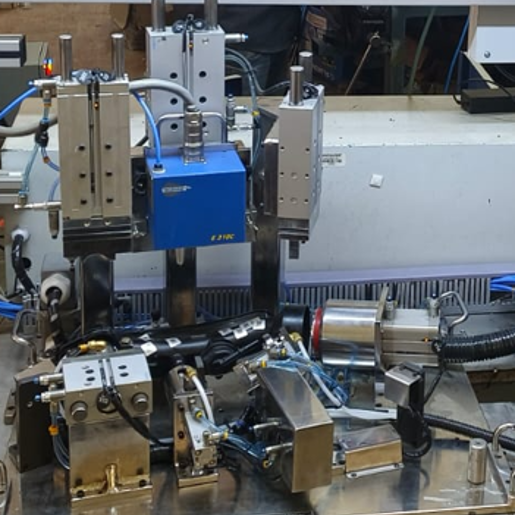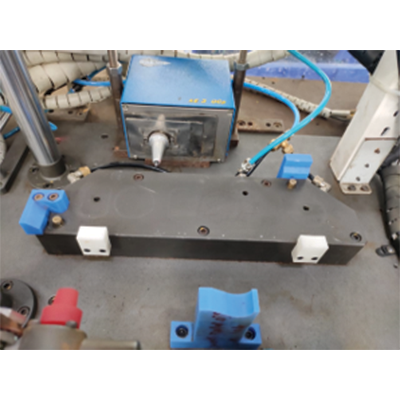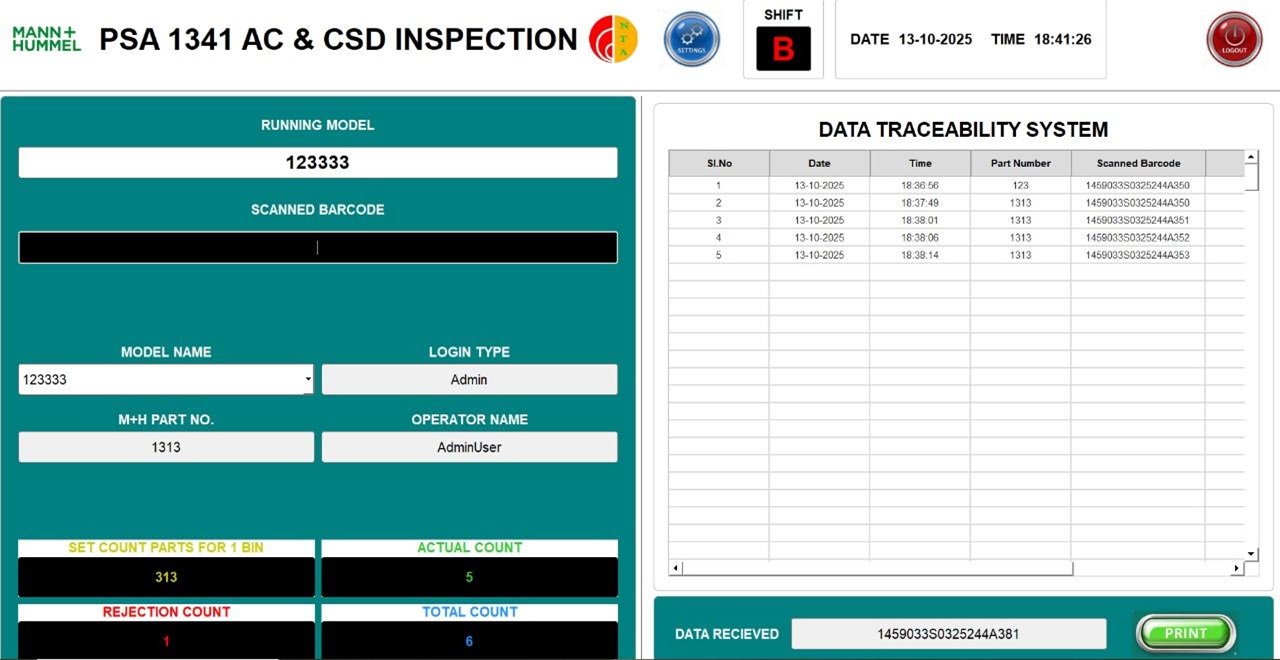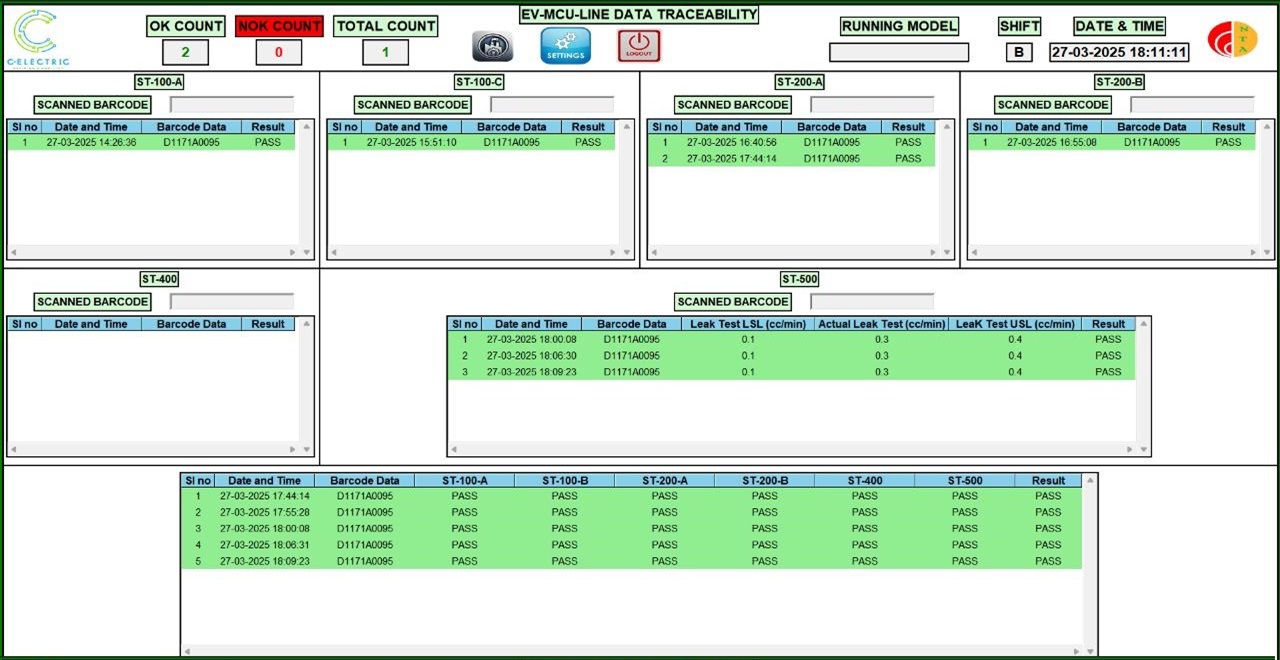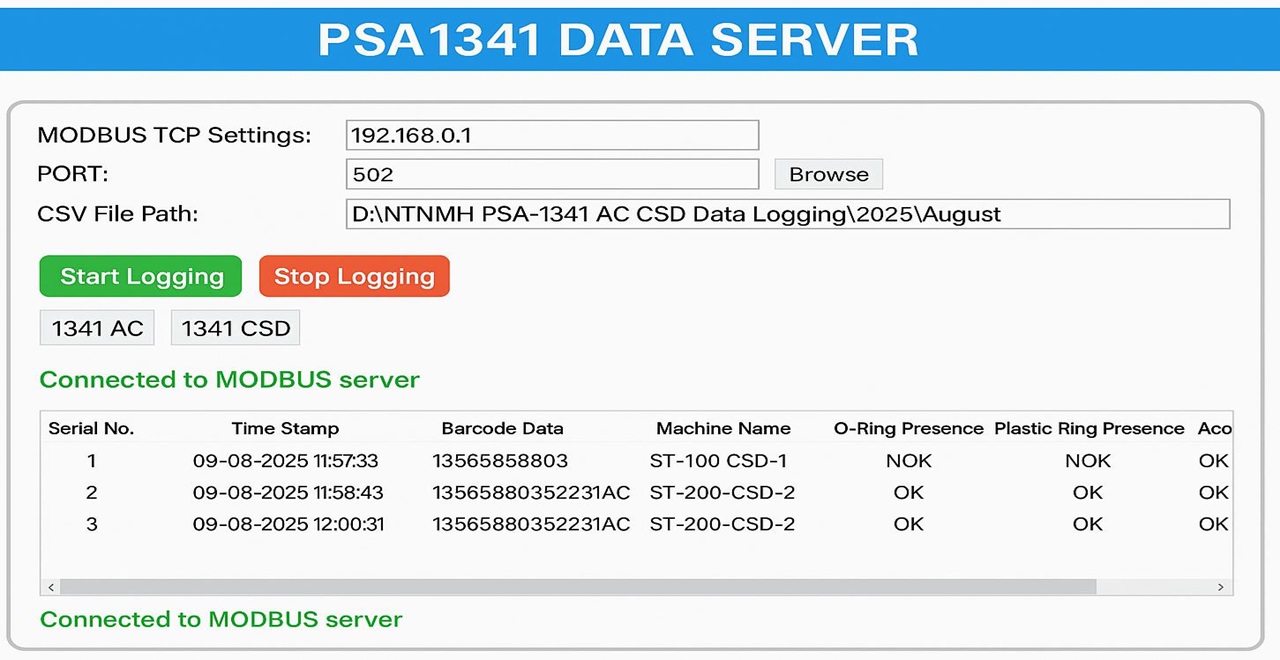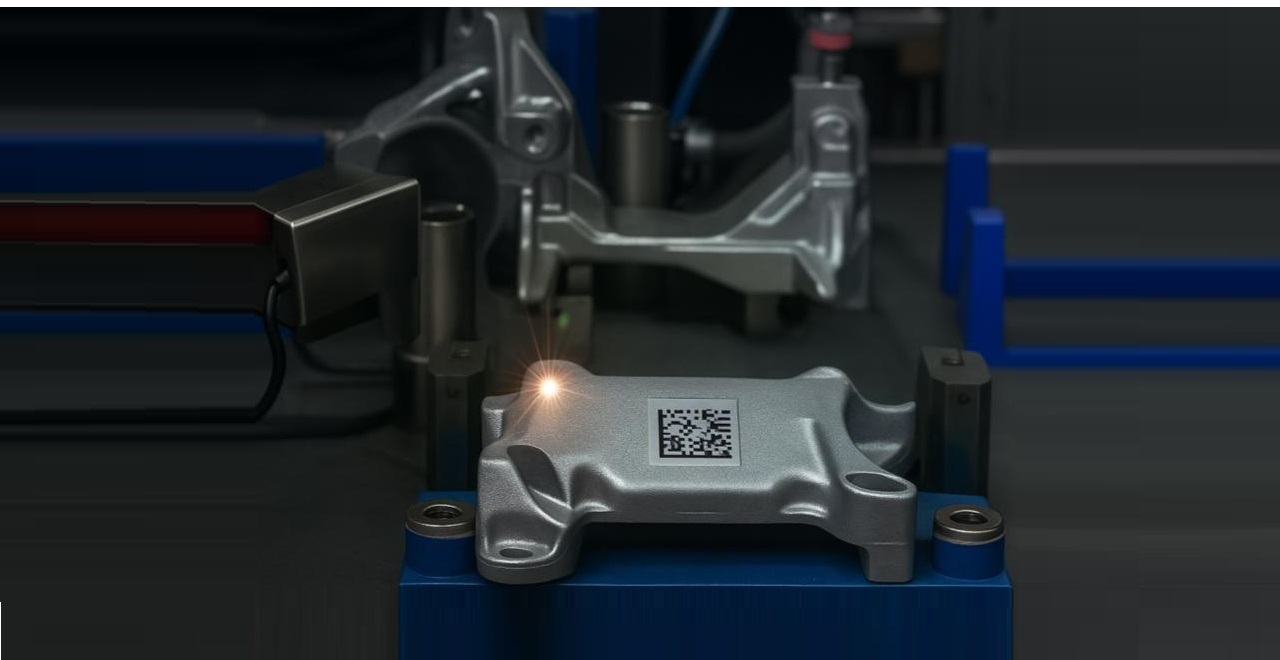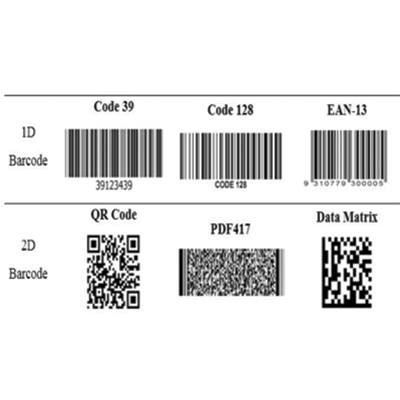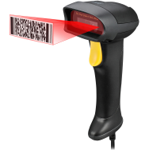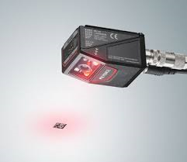Dot pin / dot peen marking is a robust, industry-proven method for creating permanent identification marks directly onto metal or plastic surfaces using a stylus that indents discrete “dots” to form characters, logos, codes, or 2D matrix patterns. This method is widely used in automotive, aerospace, and industrial manufacturing for component traceability and identification.
How It Works:
A pneumatic or electromagnetic stylus (pin) repeatedly strikes the part surface, creating a pattern of small indentations (“dots”) that collectively form text, logos, or codes.
Marking depth, dot spacing, and speed are adjustable via controller or PLC to suit different materials and quality requirements.
Because the mark is mechanical, it is resistant to wear, paint overcoat, ing, and environmental stress.
Key Features & Advantages:
- Permanent & Durable Marking
- Ideal for harsh environments, long-term retention, corrosion, or plating.
- No consumables (ink, ribbon) required — low maintenance.
- Flexible & Programmable
- Can mark alphanumeric text, logos, serial numbers, 2D codes, Data Matrix, and barcodes.
- Supports variable data input (date, batch, shift, part ID).
- Low Stressed Marking
- Minimizes internal stresses and distortion of the part—important for precision components. Pannier Corporation.
- Suitable for marking through coating or scale in many cases.
- High Integration Capability
- Can be controlled via PLC, Modbus, Ethernet, or other industrial protocols.
- Inline integration in production lines with position feedback, sensors, and interlocking.
- OEM / Compliance Compatibility
- Acceptable under standards such as MIL-STD-130, which allows dot-peen or laser marking as permissible methods for UID marking on parts. Wikipedia.
- Many OEMs require Grade-B or better verifiable 2D codes — meaning the mark must pass scan verification with acceptable contrast and readability.
For example, the I-Mark I Series dot peen units support 3–5 characters per second and offer multiple mounting orientations for compact footprint integration.
SIC Marking systems emphasize producing tamper-proof, everlasting marks by using electro-magnetic actuation and offering variable depth settings.
Marking Quality & Inspection Criteria:
- Readability: Mark must scan reliably using standard industrial or QA scanners.
- Contrast & Clarity: Sharp edges between raised and unmarked areas.
- Depth Consistency: Uniform depth across characters to avoid weak marks.
- Durability: Must survive ing, plating, abrasion, and environmental testing.
- Verification: Use camera/vision or handheld verifier to grade codes (Grade A, B, C) as per ISO/IEC 15415 or 15416 standards.
